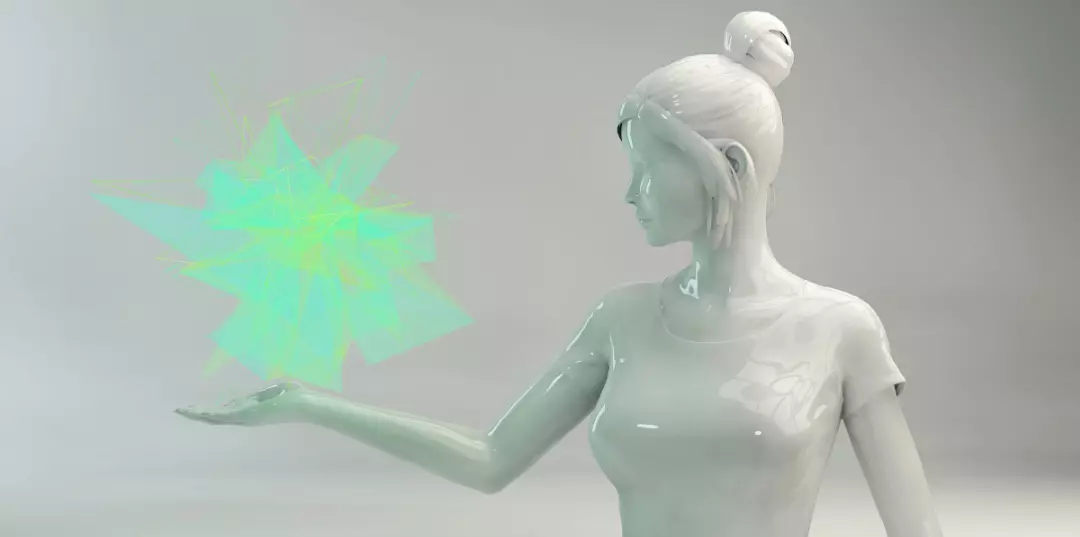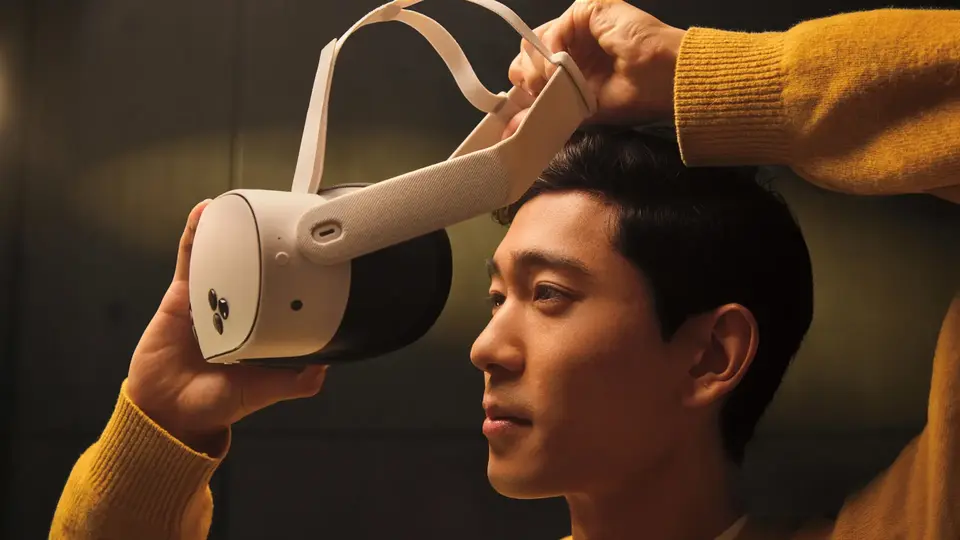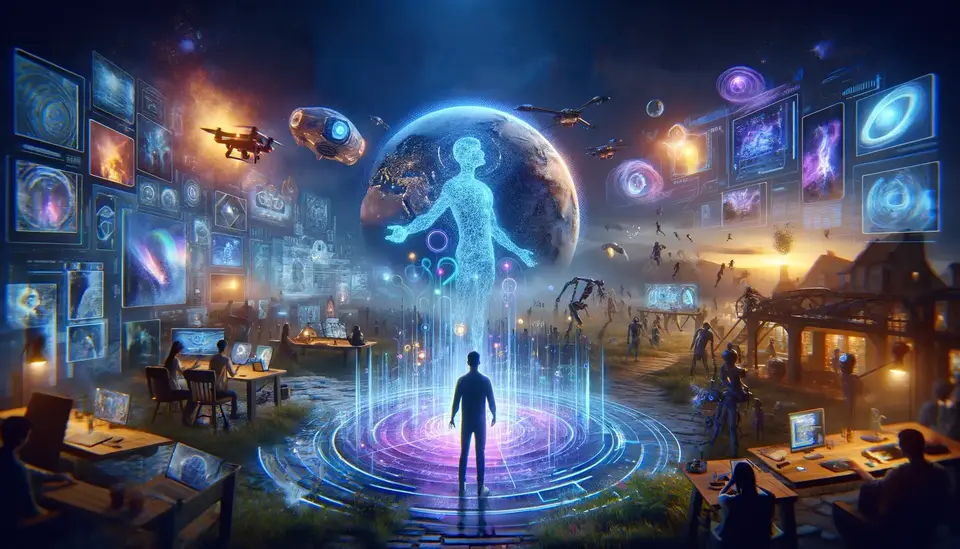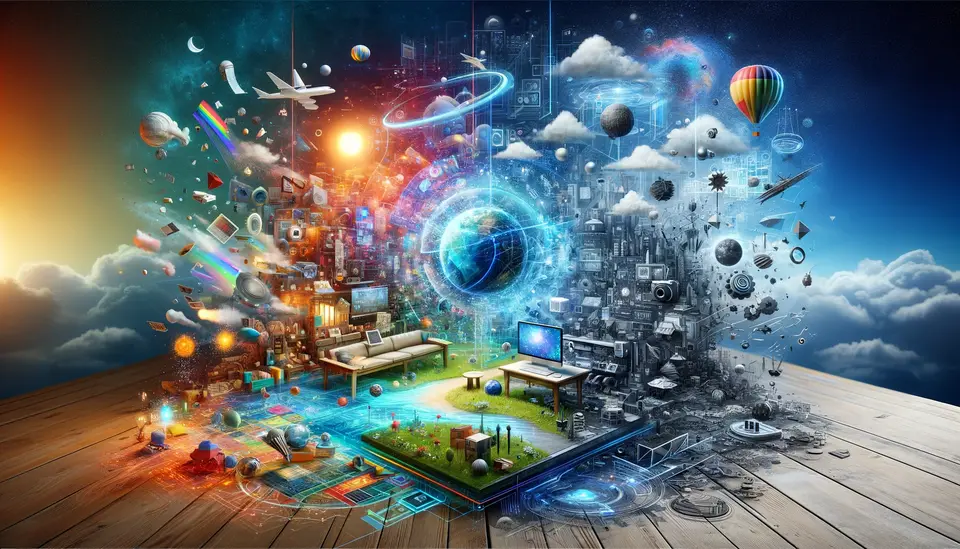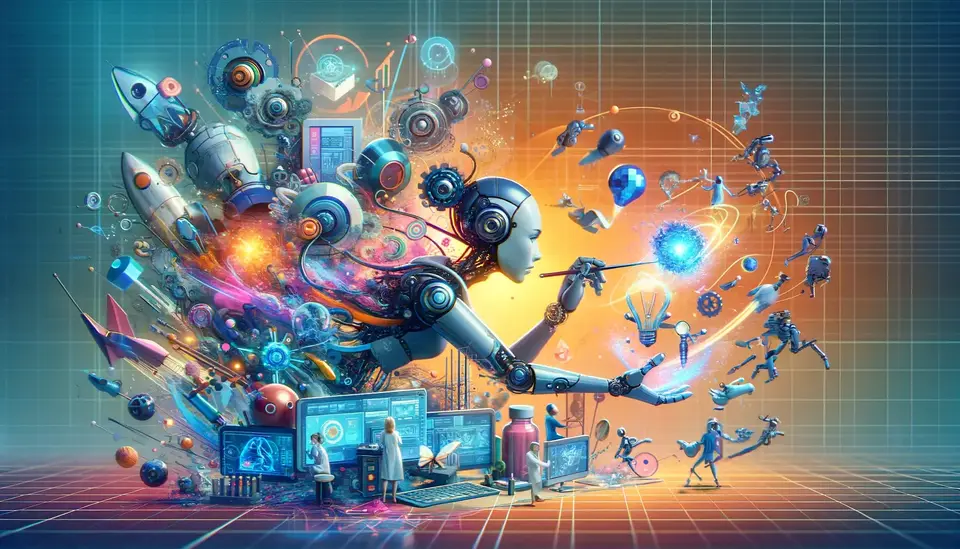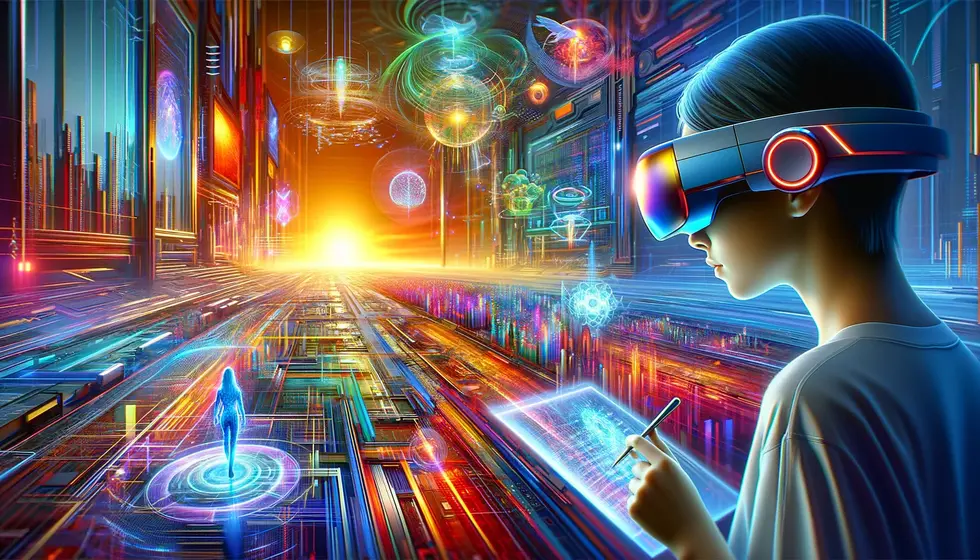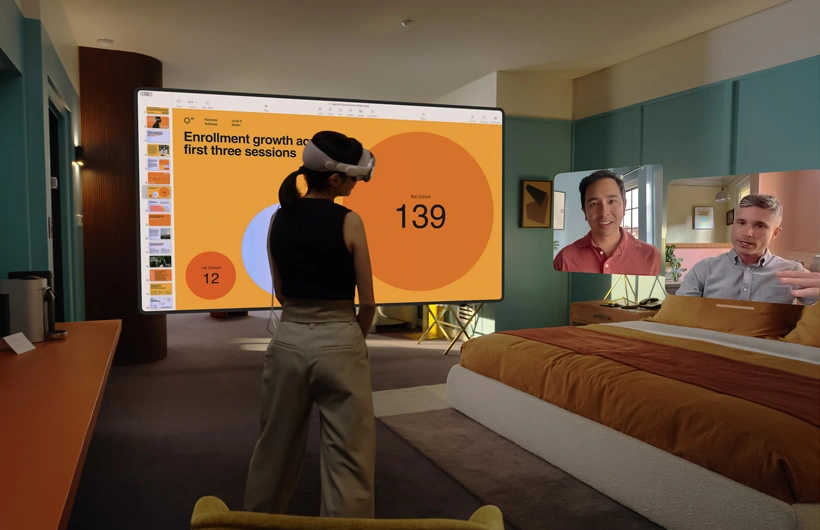Real Examples and Use Cases of Mixed Reality in Art
Posted on May 13, 2023 3 minutes 617 words
Table of contents
Mixed reality, a combination of augmented reality (AR) and virtual reality (VR), is a rapidly evolving technology that is redefining the boundaries of various industries. One domain that has been profoundly impacted by mixed reality is the art world. This fusion of technology and creativity has enabled artists to create groundbreaking immersive and interactive experiences, blurring the lines between the physical and digital realms. In this blog post, we will delve into the fascinating world of mixed reality art, exploring real examples and use cases that demonstrate its transformative power.
Augmented Reality Art Installations
Augmented reality art installations are changing the way we perceive and interact with physical spaces. By overlaying digital content onto the real world, artists can create site-specific experiences that challenge our perceptions of reality.
Universe of Water Particles by teamLab
“Universe of Water Particles” by teamLab is an AR installation that comprises digital waterfalls and flowers that respond to the viewer’s movements. As visitors walk through the space, their presence influences the flow of water and the blooming of flowers, creating a dynamic, ever-changing artwork.
Interactive Art Experiences
Mixed reality art experiences often involve direct interaction between the audience and the artwork, transforming the traditional, passive art-viewing experience.
Meow Wolf
“Meow Wolf” is an immersive, interactive art installation that transports visitors into fantastical, narrative-driven environments. By touching, climbing, and exploring the space, visitors uncover hidden layers of the story, becoming active participants in the unfolding narrative.
Performance Art and Mixed Reality
Performance artists are increasingly integrating AR and VR elements into their work, adding new dimensions to their creative expression.
Celestial Bodies by Marshmallow Laser Feast
“Celestial Bodies” by Marshmallow Laser Feast is a performance piece where dancers are equipped with motion-tracking technology that projects digital imagery onto their bodies. As the dancers move, the imagery shifts and transforms, creating a captivating fusion of human movement and digital art.
Virtual Reality Art Galleries
Virtual reality technology has given artists the power to create entirely new worlds that can be explored by anyone with an internet connection. Virtual galleries and museums are becoming more popular as they enable artists to showcase their work without the constraints of physical spaces.
The Kremer Museum
The Kremer Museum is a VR museum that features a collection of Dutch and Flemish Old Master paintings. Visitors can explore the gallery at their leisure, examining the intricate details of each painting in a highly immersive environment.
Collaborative Art Projects
Mixed reality facilitates collaboration among artists, enabling them to work together in real-time, despite being in different physical locations.
ScobyTec’s Biopolis
“ScobyTec’s Biopolis” project brought together multiple artists to create a virtual cityscape using biodegradable materials. Working remotely, the artists collaborated in real-time to construct an environmentally conscious digital city that evolves and transforms over time.
Mixed Reality for Art Education
Mixed reality offers a wealth of opportunities for art education, allowing students to interact with and manipulate artworks in virtual environments.
Google’s Tilt Brush
Google’s “Tilt Brush” is a VR application that enables users to create 3D paintings in a virtual space. By painting with light, color, and texture in three dimensions, users can develop their creativity and innovation skills in a truly immersive environment.
Conclusion
Mixed reality is redefining artistic expression and audience engagement, offering a myriad of new possibilities for creators and art enthusiasts alike. As technology continues to advance, we can expect the art world to further embrace mixed reality, reshaping our understanding of art and expanding the boundaries of human creativity. Through immersive installations, virtual galleries, interactive experiences, and collaborative projects, mixed reality art will undoubtedly leave a lasting impact on our culture and imagination.

